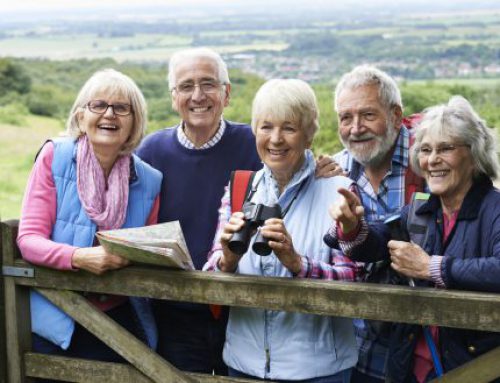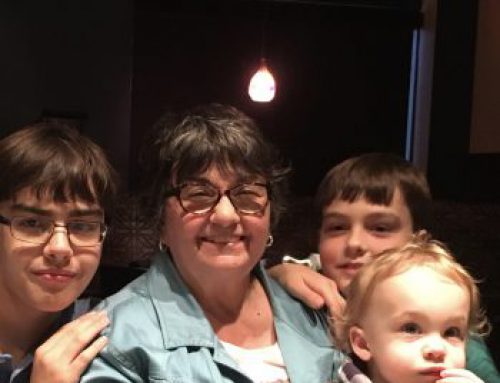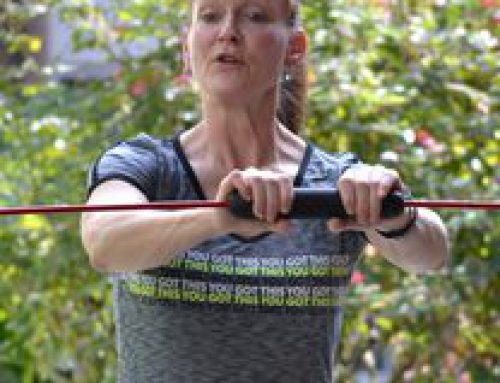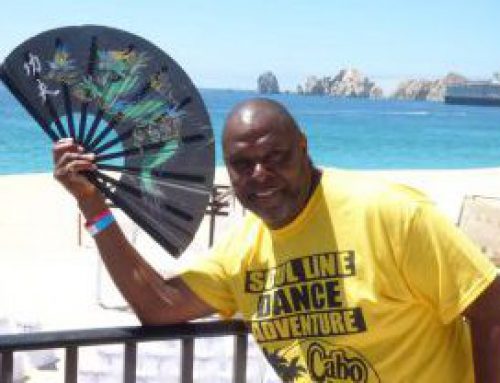I’ve been working as a Community Health Coordinator for a few years now but in two very, very different settings. I worked as a Peace Corps volunteer in the Andes of Peru and am now with Oasis in St. Louis.
While my job with both organizations is to help prevent public health problems, the experiences couldn’t be any more different! In the Peace Corps, public health issues resemble those in the U.S. from a bygone era. In 2014, our major problems are related to chronic conditions like diabetes, heart disease and obesity. But to acquire such diseases you need access to plenty of food and live long enough to die from chronic conditions. That means that you’re not dying from diseases like tuberculosis, pneumonia, flu and diarrheal diseases. Things like public sanitation, basic hand-washing and antibiotics have allowed us to live longer.
 Finding solutions to solve public health problems in the U.S. are very complicated. To prevent obesity, we need access to healthy foods, safe neighborhoods play in and to fight a constant media bombardment of junk food while attempting to change our own behaviors. These are not easy issues to fix!
Finding solutions to solve public health problems in the U.S. are very complicated. To prevent obesity, we need access to healthy foods, safe neighborhoods play in and to fight a constant media bombardment of junk food while attempting to change our own behaviors. These are not easy issues to fix! In the remote Andes of Peru, however, it’s a different story. I saw a lot of malnutrition in children, upper respiratory infections and diarrheal diseases. The issues seemed easy to fix at first. I could build stoves in homes with ventilation to eliminate those nasty respiratory infections. Villagers were mostly farmers anyway, so planting vegetable gardens seemed to be an easy solution to reduce malnutrition. And practicing simple hand-washing techniques would help reduce diarrheal infections.
Once I got deeper into the project, however, I realized that those solutions had barriers of their own I hadn’t thought about … barriers that don’t really exist in the U.S. today.
- In Peru, getting a really heavy cook stove to remote areas without roads is hard. You have to hire donkeys. Seriously! You need the skills to build a proper stove with adobe.
- Villagers complained about birds eating seeds meant for a garden. And they don’t have fertilizer or sprinklers. It’s harder to garden without those amenities.
- Hand-washing in Peru is harder than it seems. You can get really dirty there. You’re touching farm animals and then cooking lunch from scratch. It’s hard to boil every cup of water to sterilization and wash every crevice of a spinach leaf.
- There’s no hot water heater. Glacial temperature showers are, well, unpleasant … so much so that I could only muster up the courage to shower about once a week. It’s common in the Andes for the water supply to just shut off multiple times a day — if you’re lucky enough to have running water in the first place. I was very careful to wash my hands and my food and still got really sick.
Public health problems in each country are different, but both come with challenges to fix them. The U.S. is more structured and our issues have many layers that are often beyond an individual’s control. In the remote Andes, it’s less structured but their issues are insurmountable for many.
Read more about public health differences in this continuing blog series! If you’re in St. Louis, attend the Oasis Peace Corps Stories class on Friday, June 13 from 10 am-12 noon at the Center of Clayton to hear from Juliet and other Oasis staff about their Peace Corps experiences.






Leave A Comment
You must be logged in to post a comment.